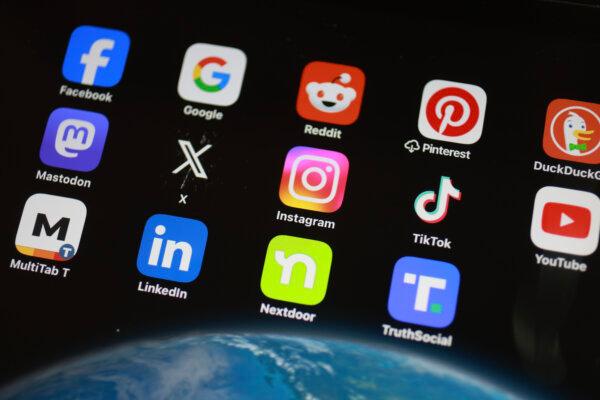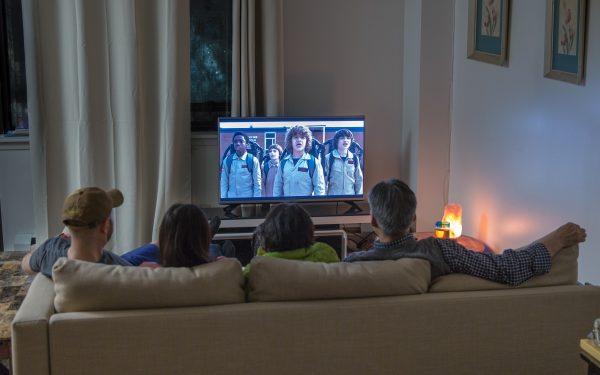The Dangers Kids Encounter on Social Media and Strategies for Protection
Concern about young people’s social media use is escalating, with suggestions of age-restricted bans emerging. However, a ban may not be the solution.
Communication Skills
Social media has been associated with significant impacts on social development, particularly affecting children’s communication abilities. The rise in social media has resulted in reports of young people struggling to communicate in person or over the phone.
Bullying
While social media has become integral to young people’s friendships, it has also increased bullying.
Before social media, children who experienced bullying at school could come home and be safe. However, today, children can be bullied anywhere and there is a wider audience to witness and perpetuate the abuse.
Unlike in-person communication, online spaces allow kids to pause, think, and edit before expressing themselves.
Constant Socialisation
On the other hand, the relentless connectivity of social media can leave people feeling perpetually accessible, leading to mental fatigue.
Social media may also impact children’s ability to pay attention.
“Screens and social media may serve as constant distractions to homework for example, if they are not managed well,” Associate Professor at the University of Queensland Alina Morawska said.

What Can Parents Do?
Some psychologists recommend parents treat social media like alcohol, in that they try to stop children from engaging with it for as long as they can. They also suggest that parents designate tech-free zones in their household.
However, Dr. Morawska said technology is present everywhere.
“That means we have to find effective ways to make the most of the technology and minimize its risks,” she said.
She emphasized that although a social media ban would help parents manage and negotiate their kids’ social media use, it would not give them the skills to talk to their kids about proper usage.
“We need ways to assist parents to help their children learn to use social media safely, and to access screens in ways that is considered, conscious, and planful,” she said.
“Parents also need strategies to navigate the issues that technology brings to everyday family life.”

Family Engagement
Another way to influence children’s behavior is parental and familial modeling of device usage.
According to Dr. Morawska, the frequency and timing of parents and family members using their phones—such as during meals or leisure time—have a direct impact on children.
She suggests that engaging with technology together, like watching a video or playing a game as a family, is better than children scrolling through content on their own.
While technology is a useful tool for learning that is not going to go away, establishing guidelines such as not engaging during dinner can help manage its impact.





